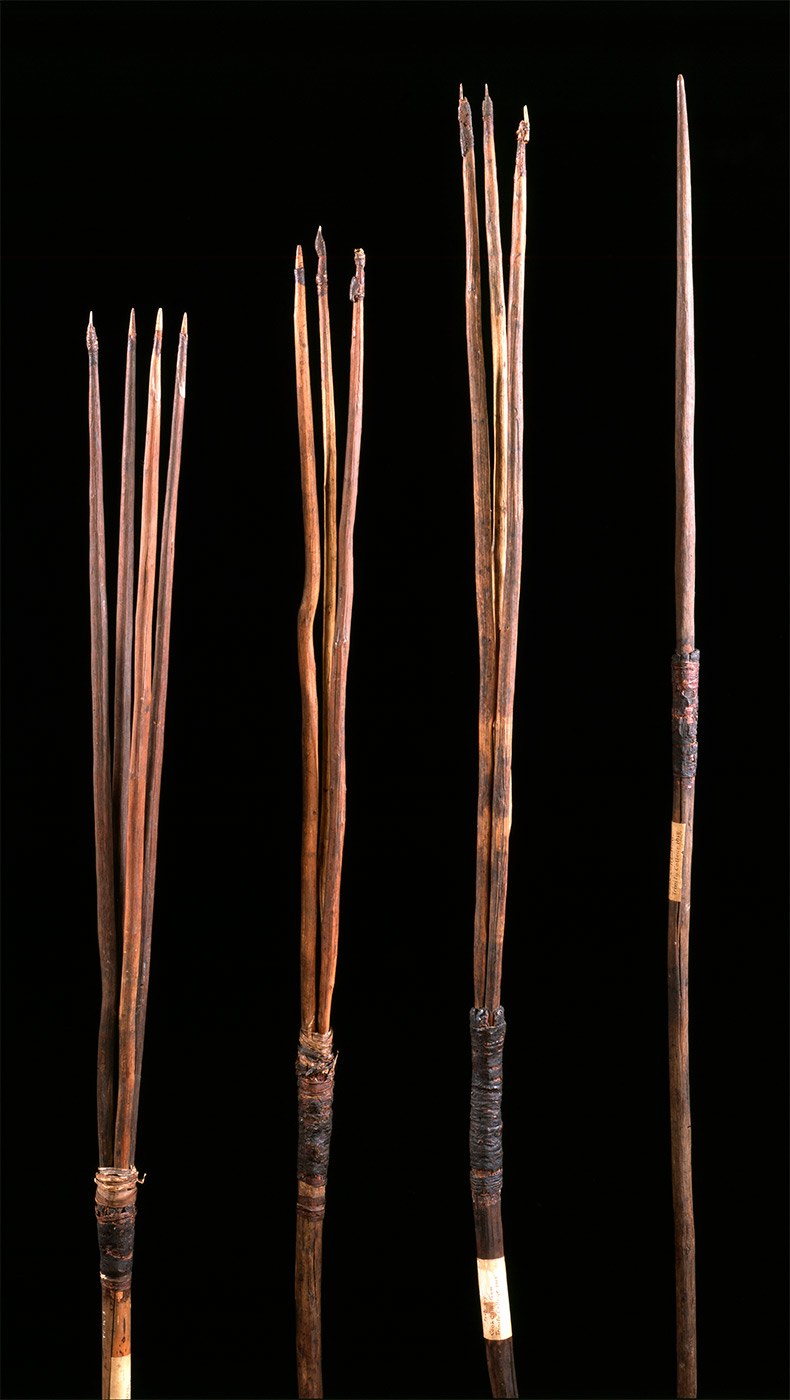Finding out about this handy carpooling service between Kākahi and native fish has been fascinating for Lawrie Donald and his team from Uretara Estuary Managers Incorporated (UEM) and made the fish passage project they embarked on even more important.
“The fish passage project involved identifying and removing migration barriers for native fish in the Tahawai, Te Mania, Rereatukahia and Uretara streams in and around Katikati in the Bay of Plenty,” Lawrie says.
The collaborative effort to improve freshwater habitat made this project a great candidate for DOC funding. The UEM group was a successful recipient of the 2019 round of the DOC Community Fund for their project, which linked well with DOC’s freshwater goals for restoration of freshwater ecosystems.
Artificial structures such as culverts impede native fish passage, stopping the natural flow of fish traffic on which Kākahi hitch a ride along the stream to avoid overcrowding. These “road” blocks prevent or delay fish from breeding and completing their lifecycle, contributing to declining freshwater species populations.
Solutions to fix the fish passage barriers included installation of plastic water baffles, ramps and mussel ropes. The ramp and mussel ropes are used for perched culverts to enable fish to climb up into the culvert.
Lawrie commented on how effective the fish migration solutions appear to be.
“At one location where there was a severely perched culvert, a mussel rope was installed during the day and that same night we saw redfin bully climbing the rope.”
The Uretara Estuary Managers’ vision is to improve the land, water and all living critters from the hills to the ocean – humans included.
The volunteer group has clocked up over 70 hours on the project to date. They are now interested in ensuring that all the remaining streams that feed into the northern basin of Tauranga Harbour also have any fish migration barriers remedied.
The fish passage project was supported by the efforts of summer students working with the Bay of Plenty Regional Council who helped identify artificial structures such as culverts and fords in the area. Bay of Plenty Regional Council Land Management Officer Braden Rowson said, “the fish passage remediation project was a fantastic collaboration between the Council and the community.”
Tim Olley and Jordie McDonald from ATS Environmental supported UEM to fix all the fish passage barriers identified in the four streams. “I am very passionate about restoring fish passage in NZ, and it was a privilege to be part of this project in Katikati. This was a perfect example of how large-scale fish passage remediation can be rolled out at a very low cost.” Says Tim.
Background information
Uretara Estuary Managers received DOC Community Funding.
Nationally native fish and Kākahi populations are endangered or declining. Change of habitat, modification of streams and waterways, declining water quality, predation by introduced species and fishing pressures are all factors that are contributing to the declining fish populations, and it is believed the decline in fish populations has negatively impacted Kākahi populations. Re-establishing fish migration routes is vital for both native fish species and Kākahi to establish healthy populations in viable New Zealand streams.
The ideal solution to improving native fish passage in streams and waterways is to correctly install artificial structures at appropriate heights and requirements for native fish by following the fish passage guidelines provided by DOC and NIWA.








